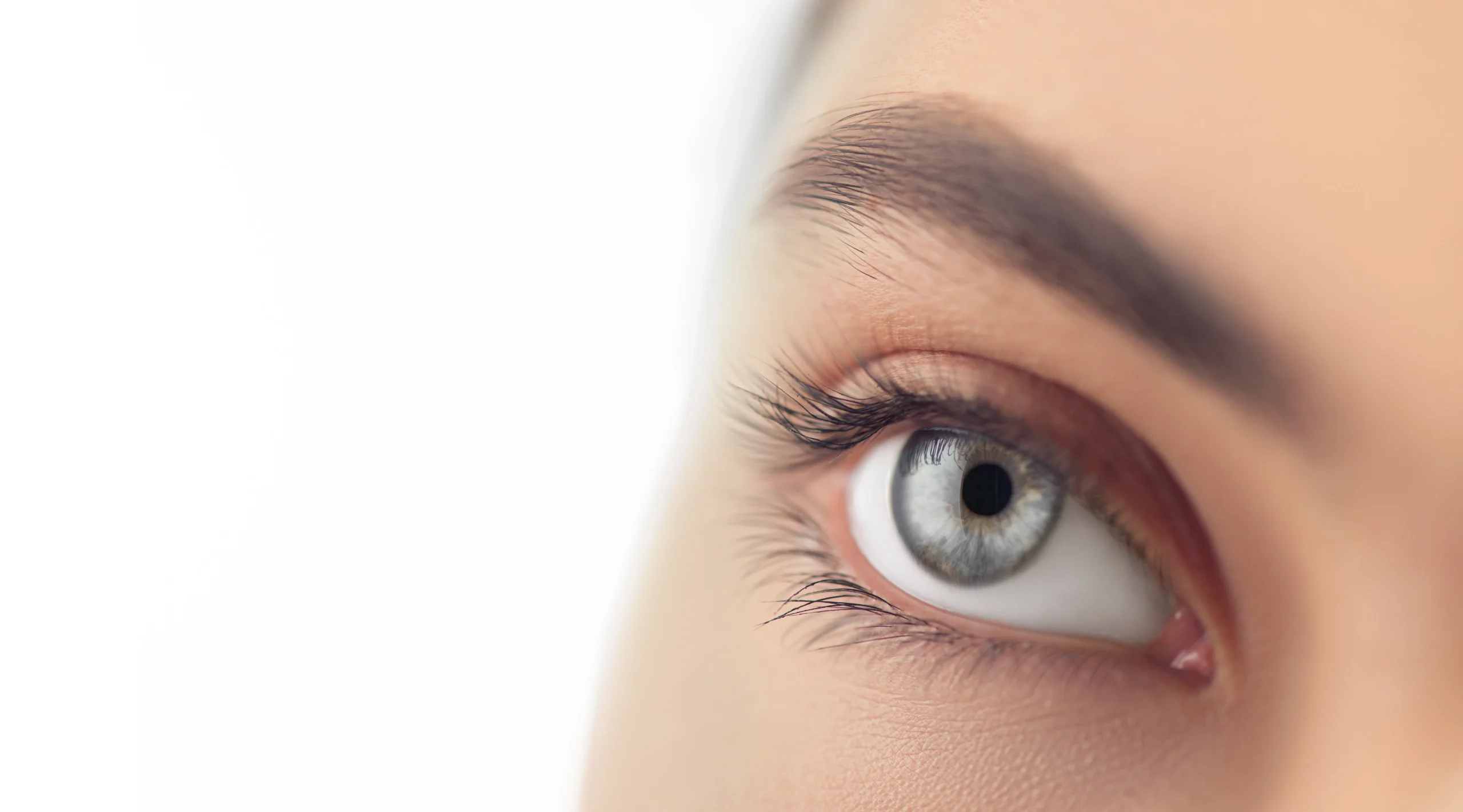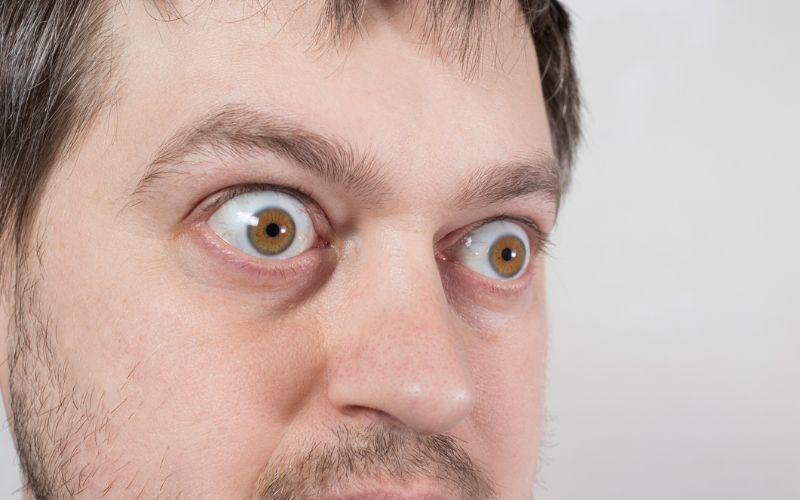Hypertension, or high blood pressure, is a chronic medical condition characterized by the sustained elevation of blood pressure levels in the body's vascular system. While its effects on major organs such as the heart and kidneys are well documented, its implications...
What Is Astigmatism and How Can It Be Corrected?
What Is Astigmatism & How Can It Be Corrected? Astigmatism is a common vision condition that affects how the eye focuses light, leading to blurred or distorted vision at any distance. It occurs when the cornea, the clear front surface of the eye, is irregularly...
Why Does My Eye Hurt When I Blink?
Why Does My Eye Hurt When I Blink? Experiencing pain when blinking can be an unsettling symptom. Blinking is an involuntary action meant to protect and hydrate your eyes, so when discomfort arises, it often indicates an underlying issue. While eye pain when blinking...
Can You Reverse Thyroid Eye Disease?
Thyroid eye disease (TED) affects many people dealing with abnormal thyroid function. Characterized by symptoms such as tearing, discomfort, eye bulging, double vision, and even loss of vision, the disease can significantly impact quality of life. With many treatment...
Epiphora: What Is Excessive Tearing?
Excessive tearing, or epiphora, is an eye condition experienced by millions of Americans. There are various causes of epiphora and many ways to treat it. This article will examine what it is, the causes, and how you can find symptomatic relief. What are Tears? The...
Why Do I Have a Black Dot in My Eye?
Clear vision is easy to take for granted in our high-paced, screen-facing world. You wake up one day and notice tiny black spots in your line of sight. These optical spots, called floaters, are a common part of aging that are often harmless; however, they can...
Polarized vs. Non-polarized Sunglasses: What Is the Difference?
When purchasing a new pair of sunglasses, you will typically encounter the question – do you want polarized or non-polarized lenses? Despite this common question, many people do not know the difference between the two or if one type of lens is more beneficial than the...
What Is Heterochromia and Why Do Some People Have Different Colored Eyes?
Almost all humans have two eyes that are the same color. Encountering someone with two different colored eyes is rare. In fact, only about 6 in every 10,000 people in the United States have different colored irises, a phenomenon known as heterochromia. We will discuss...
Life After Retinal Detachment Surgery
The retina is a thin layer of cellular tissue at the back of the eye that receives light rays and converts them into electrical signals that travel to the brain via the optic nerve, generating the image you see. In certain situations, the retina can detach from the...
Myopia vs. Hyperopia: What Is the Difference?
Myopia (nearsightedness) and hyperopia (farsightedness) are two main types of refractive errors. These errors occur due to eye abnormalities that prevent light from focusing on the retina. The retina, which contains light-sensitive cells at the back of the eye,...
Why Is My Eyelid Twitching?
Eyelids play an important role in eye health, helping to keep the eyes lubricated and protect many areas of the eye (cornea, iris, lens, sclera, and more) from foreign bodies. In most people, the eyelids seamlessly open and close without issue. However, others can...
Treating Surfer’s Eye: What Is Pterygium Surgery?
Surfer’s Eye is a colloquial phrase used to describe a pterygium, an abnormal and elevated growth of tissue that extends from the conjunctiva (the clear tissue that covers the white part of your eye) to the cornea (outer protective layer of the eye). While many cases...











